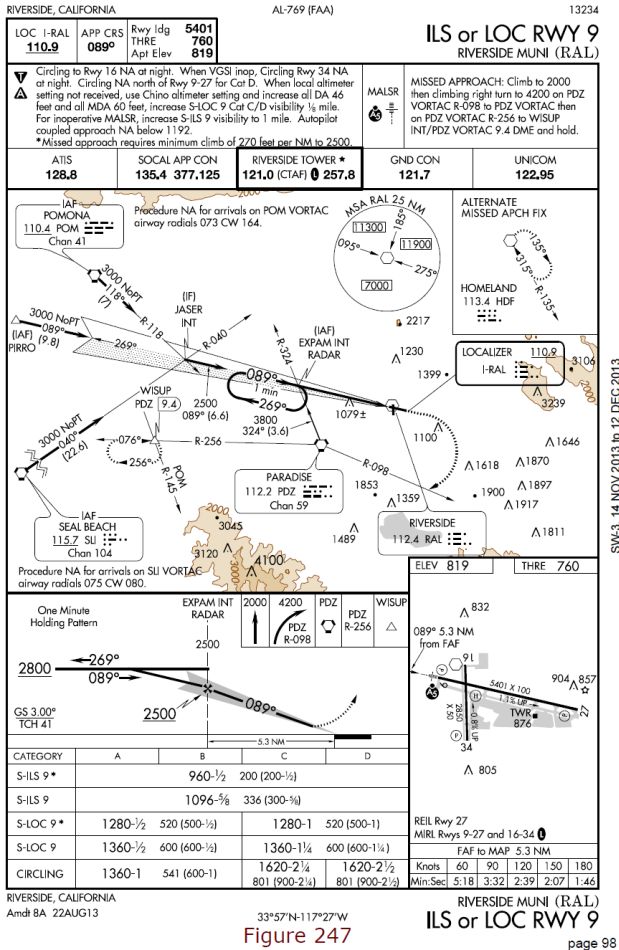As it turns out, the VERY first question I got on the real test was strikingly similar to the one in my OP, so I thought I’d report back on it. It read something like this (I'm a little uncertain about the altitude in answer A):
The related figure is below.
At first, I was ready to click on “C” because it sounded so close to the supposedly correct answer above. However, I ended up changing my mind and it turned out to be the right answer.
Unlike the test-prep question I struggled with, this one actually said “
in IMC” so there was enough information to actually answer the question. And, given what I learned here, the answer was obviously B.
Just FYI. And, thanks for the help!

 I didn't think that's what we were trying to test on the pilot and flight instructor written tests, just whether you know the material or not. We'll determine your ability to apply it to actual situations on the practical test.
I didn't think that's what we were trying to test on the pilot and flight instructor written tests, just whether you know the material or not. We'll determine your ability to apply it to actual situations on the practical test.
 This is about being able to answer the question even if you have no idea what it is about.
This is about being able to answer the question even if you have no idea what it is about. 